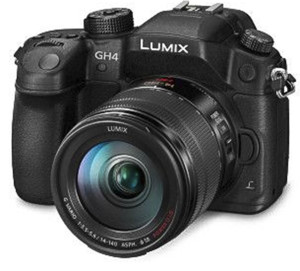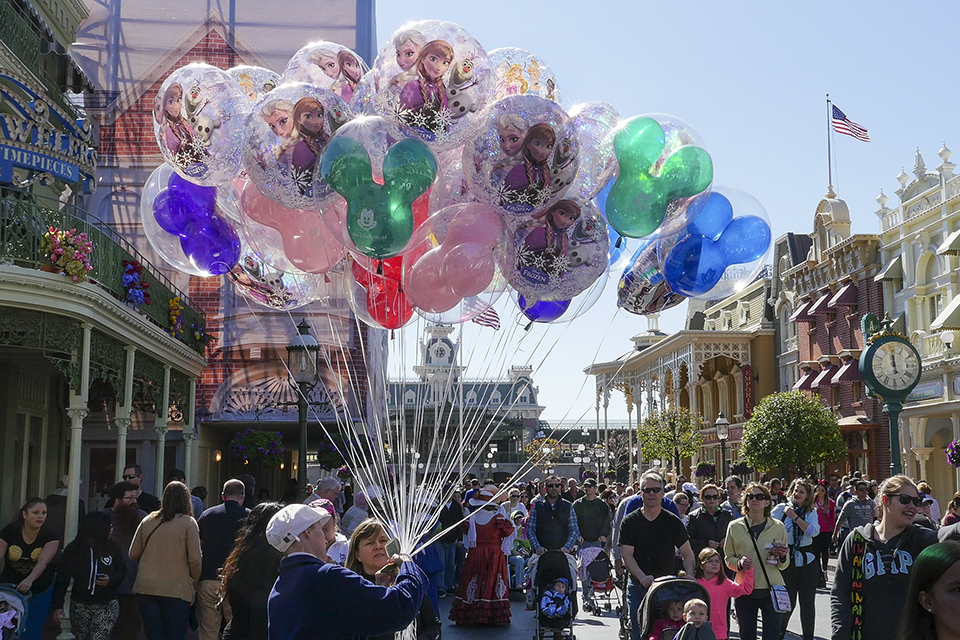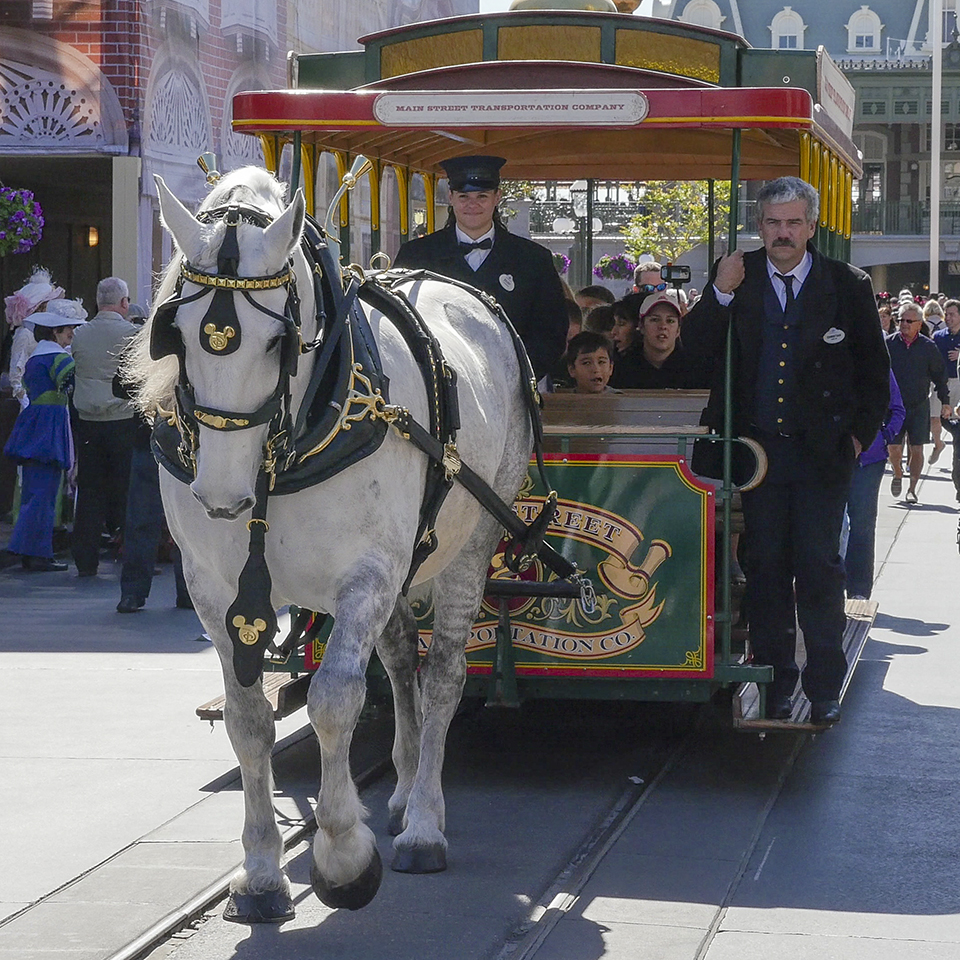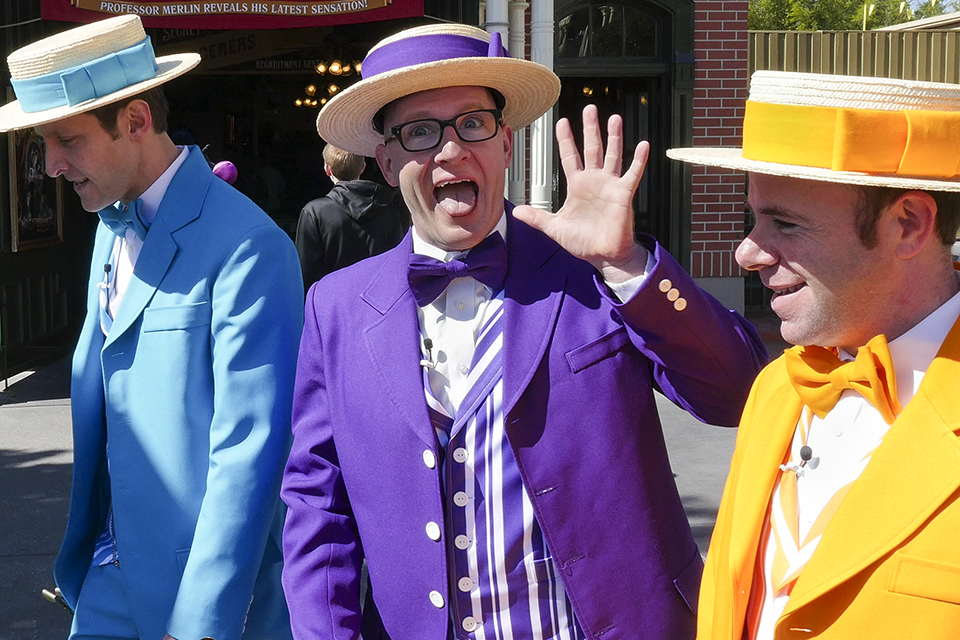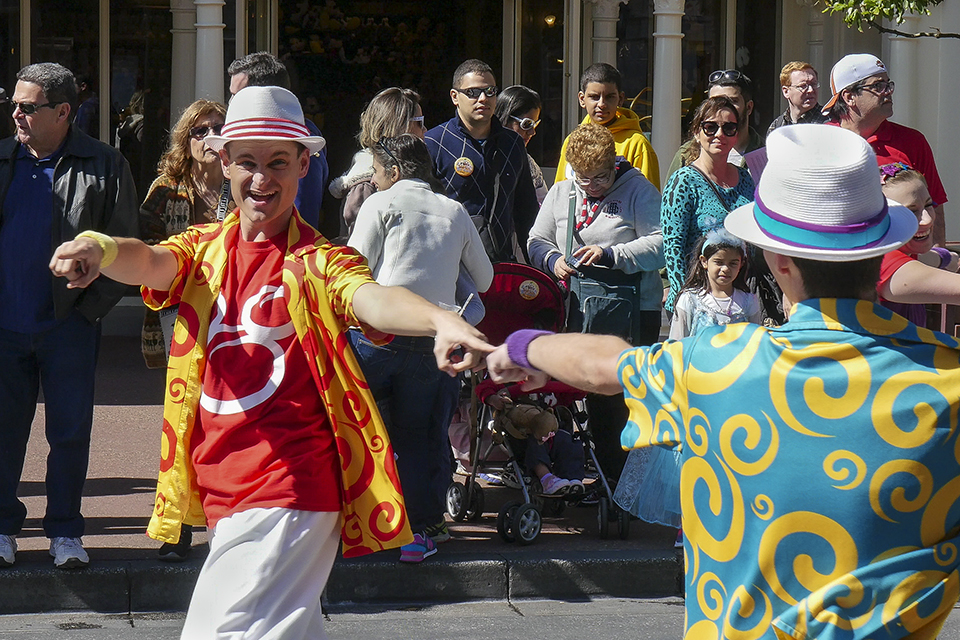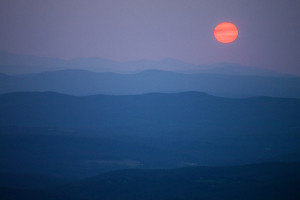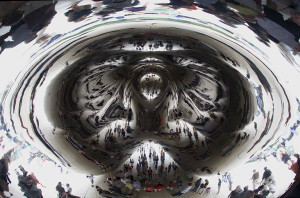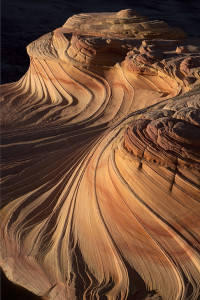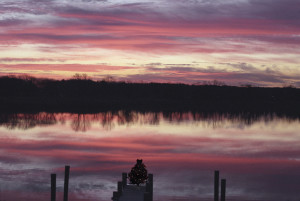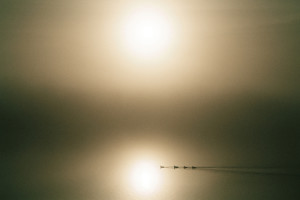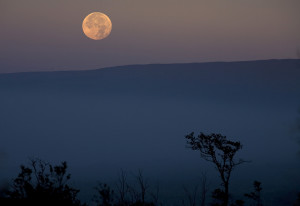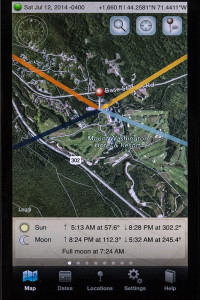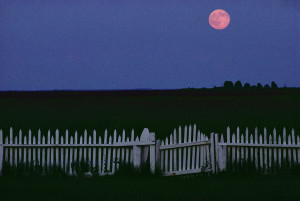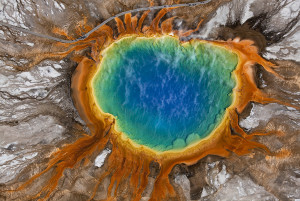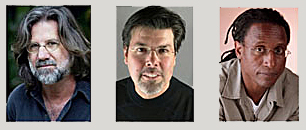
Patrick Farrell Al Diaz Carl Juste
I recently attended a talk by three Miami Herald photojournalists called Photojournalism in the Digital Age held by the South Florida Camera Club at Artserve in Ft. Lauderdale, FL
The photojournalists are Patrick Farrell, Al Diaz and Carl Juste. One might call them “newspaper photographers”, but they would only be partially correct. These three individuals are committed – to their craft, their unique vision and to creating photographs that are both honest and impartial.
And they are excel in what they do. In 2009, Patrick Farrell won the Pulitzer Prize for breaking news photography for his devastating photographs of the aftermath of the 2008 hurricanes in Haiti.
I have attended many presentations by photojournalists, but these three provided their view of difficulties and advantages working “In the Digital Age”. They expressed a lament for the potential loss of their publishing platform, The Miami Herald, with the advent of the Internet. As Carl Juste said, “The Herald is still breathing. It is on life support, but still breathing”. He went on to talk about the fourth estate (a term used to emphasize the independence of the Press), and rhetorically asked who else would fund “month and a half long” projects to help viewers understand issues of the day in human terms.
Interestingly, none of the three bashed the Herald. They have all been furloughed by the publication, they now have to purchase their own equipment ($$$), and their compensation from the newspaper reflects a living wage — not even close to the income of the one percenters.
Patrick, Al and Carl are humbled being able to do what they do. I hear this from most photojournalists, but these three view their profession as a game changer. And it is.
Farrell, Diaz and Juste have all covered Haiti, as the country is part of Herald’s regional coverage, considering how close it is to Miami and the immigrant population. By comparing these photojournalist’s individual coverages, you can see the way each approach a similar subject, and how each has a particular style to tell riveting stories from that nation.
To see the power of their images, go here for Patrick Farrell’s work in Haiti; for Al Dias go here; and here for Carl Juste.
In addition, here is Patrick Ferrell’s website to see his other coverages:
I offer this poem in tribute to these three dedicated individuals…
Photojournalist
I am witness
to transgressions, corruption and greed.
Using my photography to share stories that
provide understanding and enlightenment.
I am witness
to natural disasters and the natural world.
Documenting their effects on humankind that
validate the power of nature and its beauty.
I am witness
to swimming pool openings and public meetings.
Presenting my subjects in ways that
transcend the mundane of everyday life.
I am witness
to wars, aggression and violence.
Recording horror, misery and shame that
fill my world with skepticism, not cynicism.
I am witness
to social problems and health issues.
Seeking answers to ethical questions that
communicate fundamental human responses.
I am witness
to love, neglect and indifference.
Illustrating affinity and malevolence that
relate to everyman as we navigate through our lives.
I am witness
In an era where economics of my profession prove difficult.
I stay committed in my pursuit of truth and justice
for you.
Post Script: After returning from Florida, I was in New York City and attended a “conversation” at the Metropolitan Museum of Art featuring icons of painting and music, Chuck Close and Philip Glass.
The commitment and dedication to their art echoed Farrell, Dias and Juste in Florida. Glass spoke of art as pushing social and cultural ideas forward that will outlast the artists themselves.
